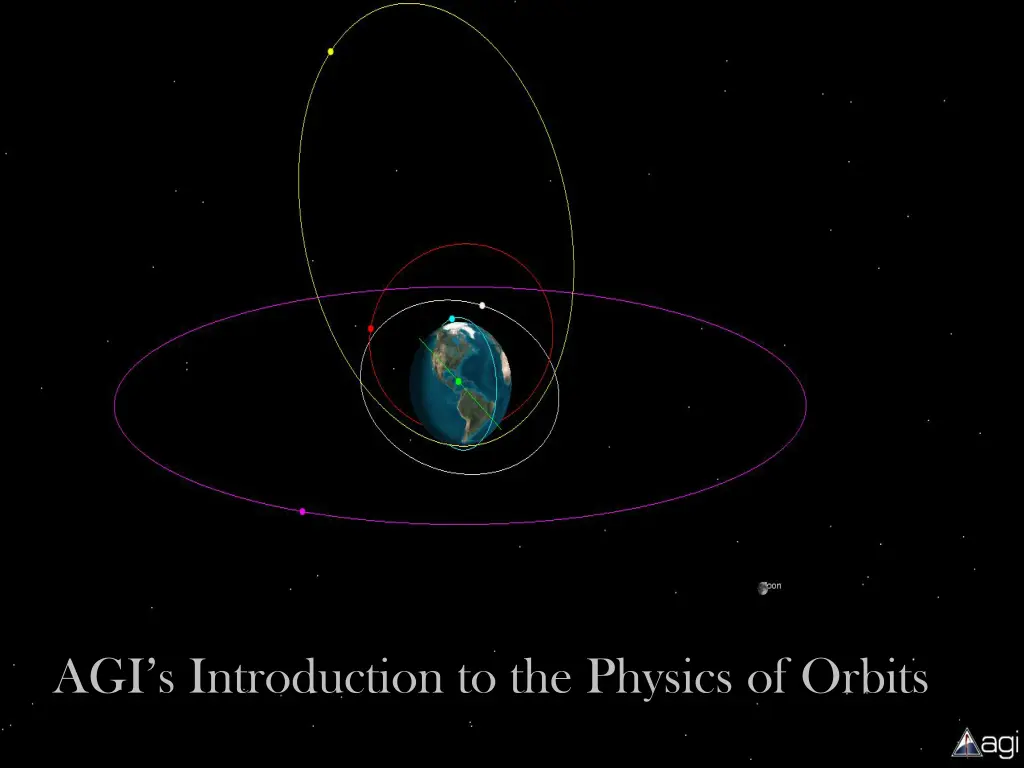
Understanding Orbital Physics: Energy in Orbit Systems
Explore the fascinating world of orbital physics by delving into the intricate relationships between potential and kinetic energy. Learn how these energy forms play a crucial role in satellite orbits and the gravitational interactions that shape them.
Download Presentation

Please find below an Image/Link to download the presentation.
The content on the website is provided AS IS for your information and personal use only. It may not be sold, licensed, or shared on other websites without obtaining consent from the author. If you encounter any issues during the download, it is possible that the publisher has removed the file from their server.
You are allowed to download the files provided on this website for personal or commercial use, subject to the condition that they are used lawfully. All files are the property of their respective owners.
The content on the website is provided AS IS for your information and personal use only. It may not be sold, licensed, or shared on other websites without obtaining consent from the author.
E N D
Presentation Transcript
Physical Properties of an Orbit Two types Two types of energy Potential energy Kinetic energy We will use We will use energy relationships to determine energy relationships to determine how how to transfer to transfer a satellite into a satellite into a new of energy are are involved in an orbit: involved in an orbit: a new orbit. orbit.
Got Energy? Potential Potential energy system due to the position of the system. Potential energy has potential to convert into other energy forms. Kinetic Kinetic energy energy is energy of motion Both forms of energy are important to satellite orbits. Gravitational pull of Earth provides potential energy. Satellite movement has kinetic energy. energy is energy that is stored stored within a motion.
Gravitational Potential Energy (U) ? = ??? Stored Stored Energy: Energy: ? ? = ????????????? ????????? ?????? ? = ????????? ??????????? ???????? ?3 ?? ?2 6.67 10 11 ? = ???? ?? ??????? ???? ?? ? = ???? ?? ???????? ???? ?? ? = ???????? ?????? ???? ???? ?? ?????? ?? ???????? ???? ?
Gravitational Potential Energy (U) A shuttle with a mass of 103,000 kg is flying 370 km above Earth s surface. How much potential energy does it have? MEarth= 5.98x1024 kg Radius of Earth= 6.378x103 km U = GMm R m3 6.67 10 11 5.98 1024kg 103,000 kg kg s2 6.378x106+ 3.7 105m U = ? = 6.1 1012?
Kinetic Energy of Motion Motion ? = ??????? ?????? ? = ???? ? = ???????? E Energy nergy of ? =1 2??2 A satellite is traveling 6 km/s and has a mass of 5,000 kg. What amount of kinetic energy does it have? 2 ? =1 6 103? 25,000?? ? ? = 9 1010?
Total Energy of an Orbit Combine the Combine the potential and and kinetic energies. kinetic energies. K U E + = potential In circular orbits, the force of gravity between a planet and the Sun is: F = GMm 2 R GMm Potential Energy = Force Elevation Gravity Force = Centripetal Force 1mv = + 2 E 2 R GMm 2 2 GMm mv GMm = E = = 2 mv R 2 R R R GMm GMm GMm 1 1 = + = + = 2 E mv Where d that Where d that come from?! come from?! 2 2 R R R ( ) 2 ( ) GMm GMm GMm GMm 2 ( ) 1 1 + = + = 1 1 2 R R R R
Changing Orbit Altitudes How much energy is needed How much energy is needed to travel from to travel from one orbit to another? one orbit to another? A news station wants to move a 12,000kg weather satellite from an orbit 650km above the surface of the Earth to an orbit 800km above Earth s surface. How much energy will this procedure require? 650 km 800 km Earth
Changing Orbit Altitudes ? = ? + ? = ??? ?? ?? ?.?? ?? ?? ?.?? ?????? ??,????? ?? ?? ??= ? ?.??? ???? + ?.? ???? ??= ?.?? ???? ? ?? ?.?? ?? ?? ?.?? ?????? ??,????? ?? ?? ??= ? ?.??? ???? + ?.? ???? ??= ?.?? ???? ? ??????? ?????= ?? ?? ??????? ?????= ?.?? ????? ?.?? ????? The positive sign signifies that energy must be added to the system to change orbits. ??????? ?????= +? ??? ?
Review You You learned some of the basic physical learned some of the basic physical properties involved in transferring properties involved in transferring orbits: 1. Potential energy and kinetic energy are two main orbital energies. 2. Combine both to find total energy of orbit. 3. With both orbit energies, subtract to determine energy to transfer between orbits. orbits:
